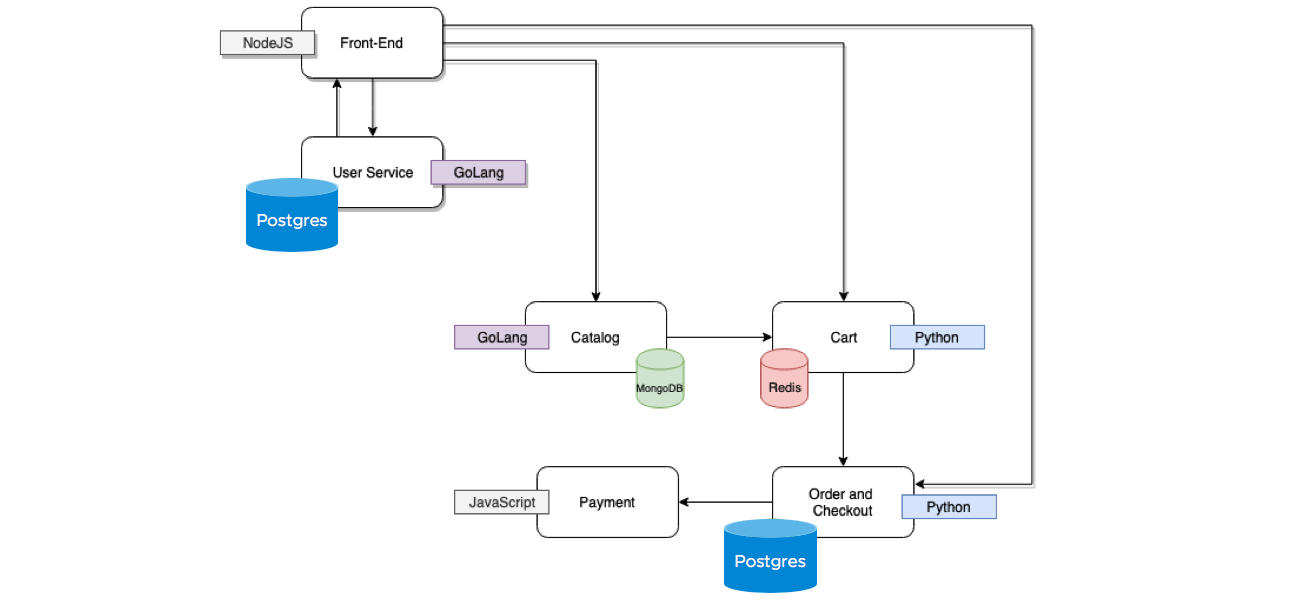Bahubali (Bill) is a Developer Advocate that is relentless in ensuring the “application” is the unit of measure in the new multi-cloud world. Application for Bill means anything written on modern languages such as Python or Go, while running on VMs, Containers, or serverless. However, he’s always advocating for use of cloud services in building and scaling the app. Services such as GKE, AKS, GCP Spanner, Azure Cosmos, or AWS Elasticache. He’s happiest writing code in a coffee shop, trying out new tools and concepts that are increasing developers efficiency. He loves fixing his house (former life as a contractor) as a side hobby.











